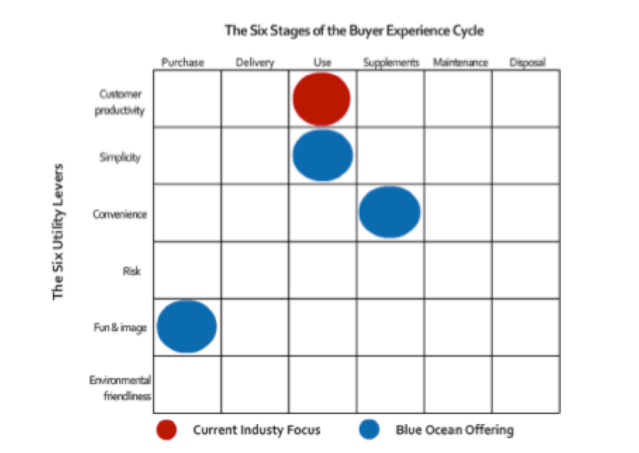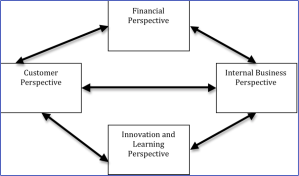The desire for high performing teams in business is so common that you would think organisations would have a reliable approach to this by now – but in my experience that’s not the case.
The effective interaction of individuals within a team does not occur naturally for any significant length of time. Leaders lack an understanding of the complexity of group dynamics and the challenges of aligning individuals and their goals with what the team has been charged to produce. In “Why Teams Donʼt Work – An Interview with J. Richard Hackman by Diane Coutu” HBR they explained that research consistently showed teams underperform due to problems with coordination, motivation and competition. Data on more that 120 teams found that the leaders thought they had set unambiguous boundaries yet fewer than 10% of the senior executives agreed who was on the team!
Various team models exist ( see Drexler Sibbet Team performance model as an example) and with variations these models describe the essential elements such as;
- Why the individuals are in the team and what is the teams purpose? Leaders often assume this is known by all in the team or not that important despite numerous studies showing the importance for individuals and teams. Both perform better when they have a sense of purpose.
- Building trust within the team through mutual regard, open communication and time to appreciate and understand each other. Spending time on one or more tools such as DiSC, Belbin, MBTI to highlight and build understanding of the diversity and value each team member brings is foundational. Trust models can help teams understand and accelerate their trust in one another.
- Clear goals is so common sense but so uncommon. Your goal is to manage your portfolio and be the subject matter expert and also to work on projects and input to new systems and collaborate with global peers and local departments and would you mind being on the social club? What assumptions underpin the goals and how do the goals flex when those assumptions change? And when the urgent new project shows up half-way through the year and you are asked to prioritise it, how is that reflected in your goals? So what happens when projects take up 60% of your time? Organisations that have cascading goals and deep conversations at the start of the performance year to work through the likely challenges and have a process for calibrating impacts of new initiatives are in a much stronger position.
- Commitment to achievement through roles, responsibilities, authorities, can be a time-consuming task and many leaders shy away from the work at this point and most importantly the team discussions. The discussions are not intended to produce a manual as we know the world is too dynamic for that but the shared resolution of issues creates principles and a process for how things can be addressed during the year. Interdependencies are understood and clarity on who leads a resolution of issues when they arise is known by the team.
- Lets do it! As a leader the favourite part – action! A this stage it really is about the order – what goes first, who is doing that and when other actions follow. Allocating tasks, dates and finalising an implementation plan that is REALISTIC and based on real experiences is critical. I have seen so many projects set dates that are not related to any projects that have gone before and therefore set unrealistic timeframes that blow up. If the last three similar projects took 3 years why do you think yours will only take 12 months?
- High Performance. By having clarity of the bigger picture and purpose, appreciation and understanding of the skills and experience each team member brings to the team, clarity about who does what and when as well as realistic timeframes you have the elements of a high performing team. To get it running takes time and thinking and discipline. You then need to monitor and maintain as little issues left unattended can create bigger issues.
As leaders we would think nothing of spending this time solving a technical issue or challenge but we expect the people side of things to be much easier. We take shortcuts and get fooled by promising starts without recognising the stages that groups go through (see Tuckman’s stage of team development forming, storming, norming and performing).
We do bits of the process and seem disappointed that we get drawn into so many issues as team members clash and we spend inordinate amounts of time coordinating and managing the work. We end up with OK team performance when we really want high performing. In the end we need to decide if we truly want to do the work to create a high performing team or settle for average?



